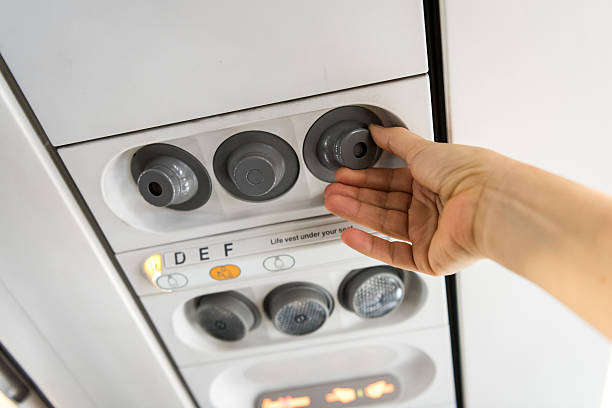
Ever fall asleep on an airplane with the air blasting on your face? Does your nose feel crispier than a crouton?

Turns out, the limiting factor for regular nasal oxygen is patient comfort. Despite going through a bubbler, the oxygen is still poorly humidified and cold. This usually limits flow rates to <150 mL/kg/min. For a 25 kg dog, this is roughly <4 L/min. Not only is cold, dry oxygen uncomfortable, but it can also lead to airway inflammation, increased airway resistance, and decreased mucociliary function/decreased secretion clearance.
High flow nasal oxygen improves patient comfort/tolerance by heating and humidifying the oxygen allowing much higher flow rates (~1000 mL/kg/min). Other benefits include:
Flushing the dead space
Air in the dead space normally contains CO2. The high oxygen flow rates flush/washout the dead space leaving less CO2 and a reservoir of oxygen. This improves the efficiency of both ventilation and oxygenation.
Summoning air skeletons

Keep your mouth shut. I’m serious. When the mouth is closed, the high flow rates are thought to keep the airways and lungs more open. This effect is also known as PEEP and can improve alveolar recruitment and oxygenation.
Meeting supply and demand
If a 25 kg dog has a RR of 80 bpm and a tidal volume of 250 mL (10 mL/kg), it’ll inspire 20L/min (80 x 250). High flow oxygen allows flow rates high enough to meet inspiratory demands. If this dog was on regular nasal oxygen delivered at 4 L/min, the other 16 L would be room air (21% oxygen).
Potential pitfalls:
Although unlikely, high flow rates may cause barotrauma and pneumothorax. The nasal prongs ideally should not fit too snugly (<50%) to allow airflow out. In humans, neonates appear to be particularly at risk. Eating with high flow oxygen may increase the risk of aspiration. Securing the nasal prongs can be challenging for some facial conformations (smushed faces) and the fit is not always ideal. Some patients require heavy sedation. Mouth-breathing may limit the potential benefits of high flow nasal oxygen.
High flow nasal oxygen has likely saved many patients from going on the ventilator, but it may also delay intubation and worsen outcomes. Until further research, it’s a judgment call on whether to try high flow or jump to mechanical ventilation.
Leave a Reply